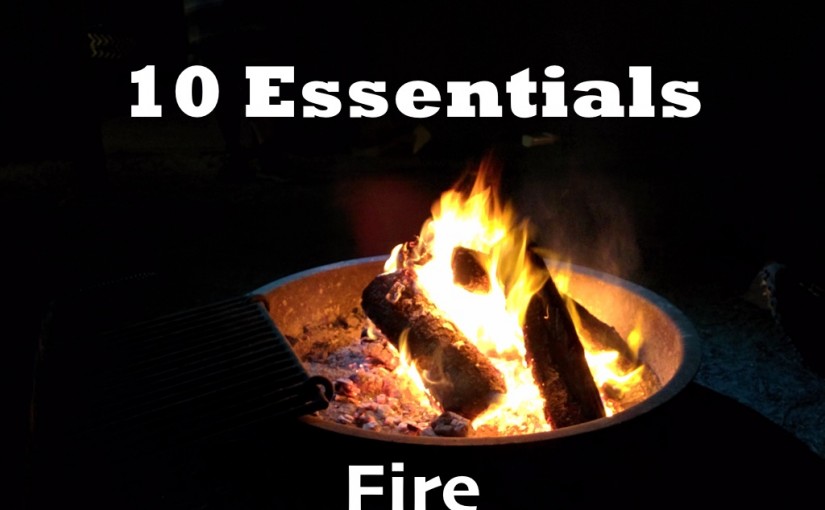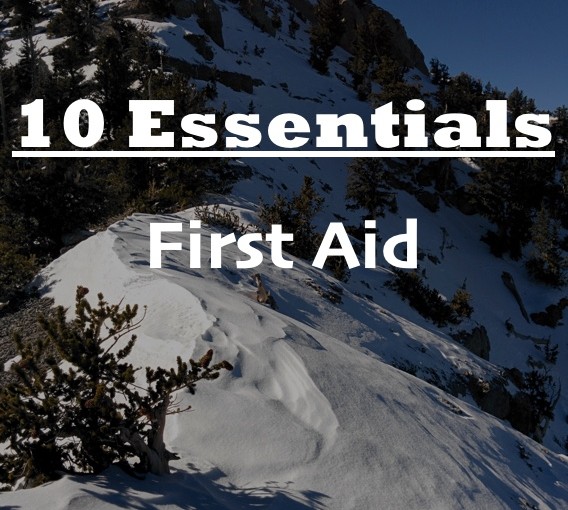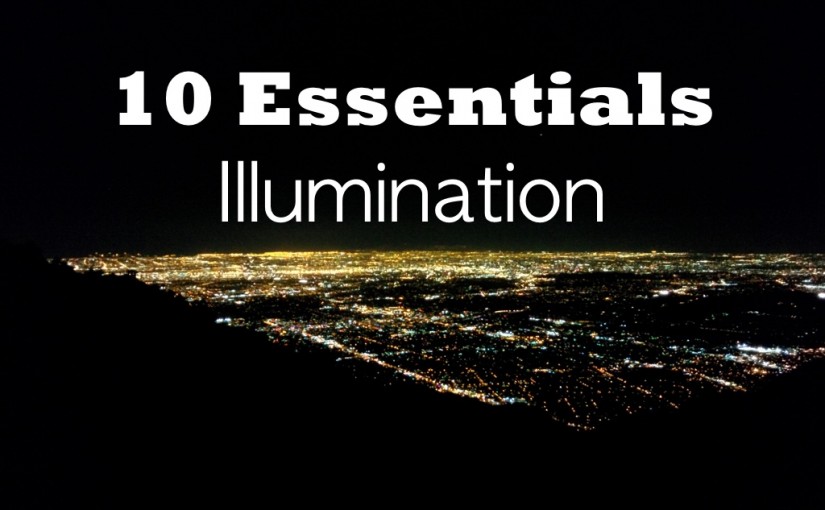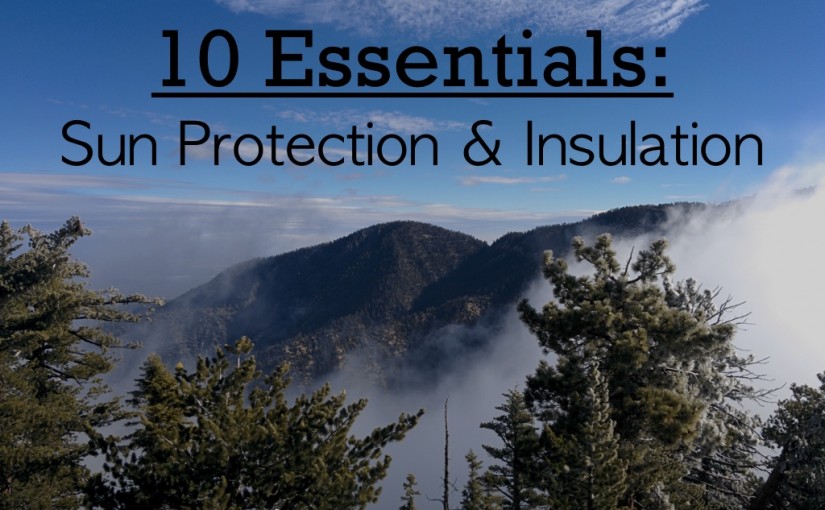If you have seen someone having a very bad day on the trails, you may have seen the rangers/SAR/whoever come up with a giant orange or red first aid kit that probably weighs 10 pounds by itself. You don’t need one of those. Most first aid you will need to do in the field is going to be dressing small cuts and scrapes, and immobilizing injured joints. In the first aid kit I use, I carry ibuprofen, some bandages, gauze, topical antibiotics, ace bandages, scissors, pen and paper and other miscellany. I carry far more than most people really need, but I tend to bring bigger groups out, so I like to be ready.
Probably the most essential thing you can do in regards to first aid, is simply make yourself knowledgeable. I went through National Outdoor Leadership School (NOLS) Wilderness First Aid (WFA) certification process. The course cost about $130 and took a weekend at a local REI store and is good for 2 years. While the course may be overkill for someone who is only interested in doing very small day hikes, as soon as you start doing bigger hikes, the knowledge and confidence that comes with it are indispensable, and may even save yours or someone else’s life.
One of the big takeaways from the course was the concept of the SOAP report which stands for
- Subjective
- This is basically a high level report of what the injury is and any relevant details about the person. A SAMPLE history is good here.
- Objective
- These are measurements, such as vital signs, medications taken, findings from physical examination (if you know how to properly do one)
- Assessment
- As assessment of what is likely wrong with the injured person. Sometimes this is obvious, sometimes it isn’t.
- Plan
- A plan for how to proceed. If someone has broken their wrist, a good plan is to immobilize it, and quickly, but safely exit the backcountry.
One thing to remember about backcountry medicine is that it is generally not focused on fixing serious injuries long-term. It’s focus is on ensuring that whoever is injured can be patched up enough to survive transport to a front country medical facility.
SAMPLE is:
- Signs and Symptoms
- Allergies
- Medications
- Relevant past medical history, injuries, illnesses
- Last Meal Intake
- Events leading to the injury/illness
To recap: bring first aid essentials, and know how to use them. If you are starting to do bigger adventures, learning what a SOAP report is and how to collect a SAMPLE history is a good skill to get into. These reports can make the jobs of first responders go much more quickly, and in some cases the time saved may save someone’s life.





